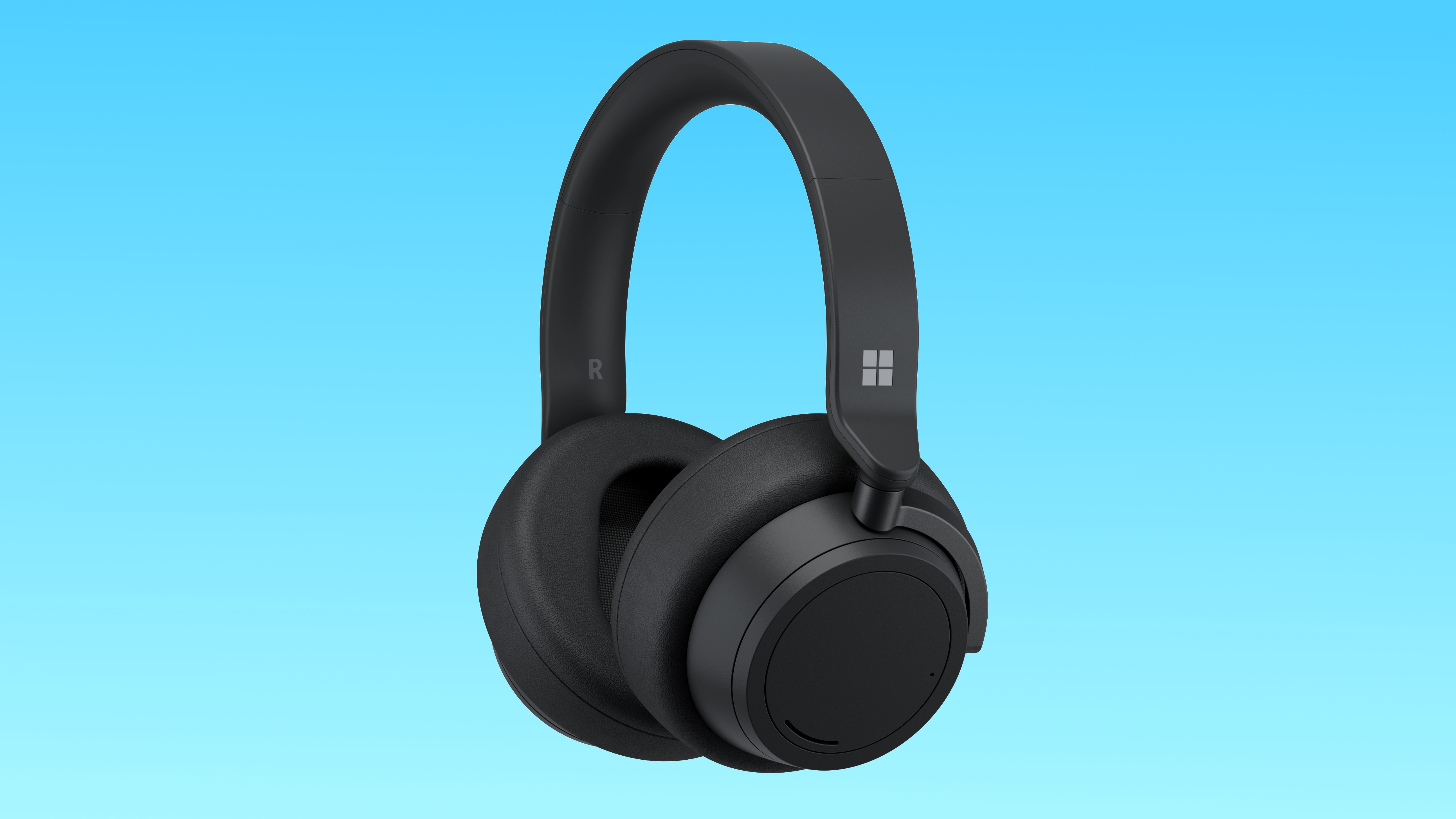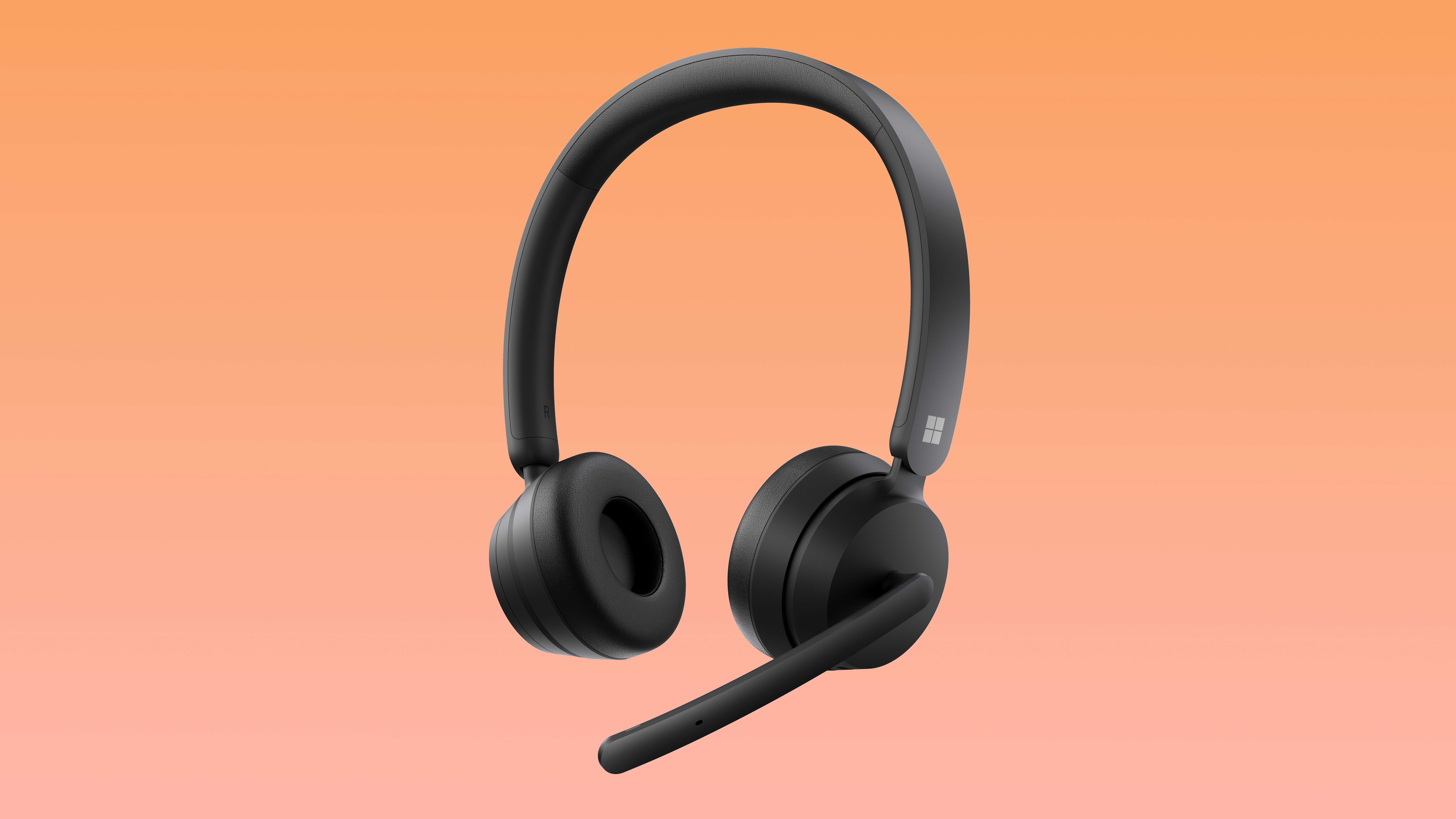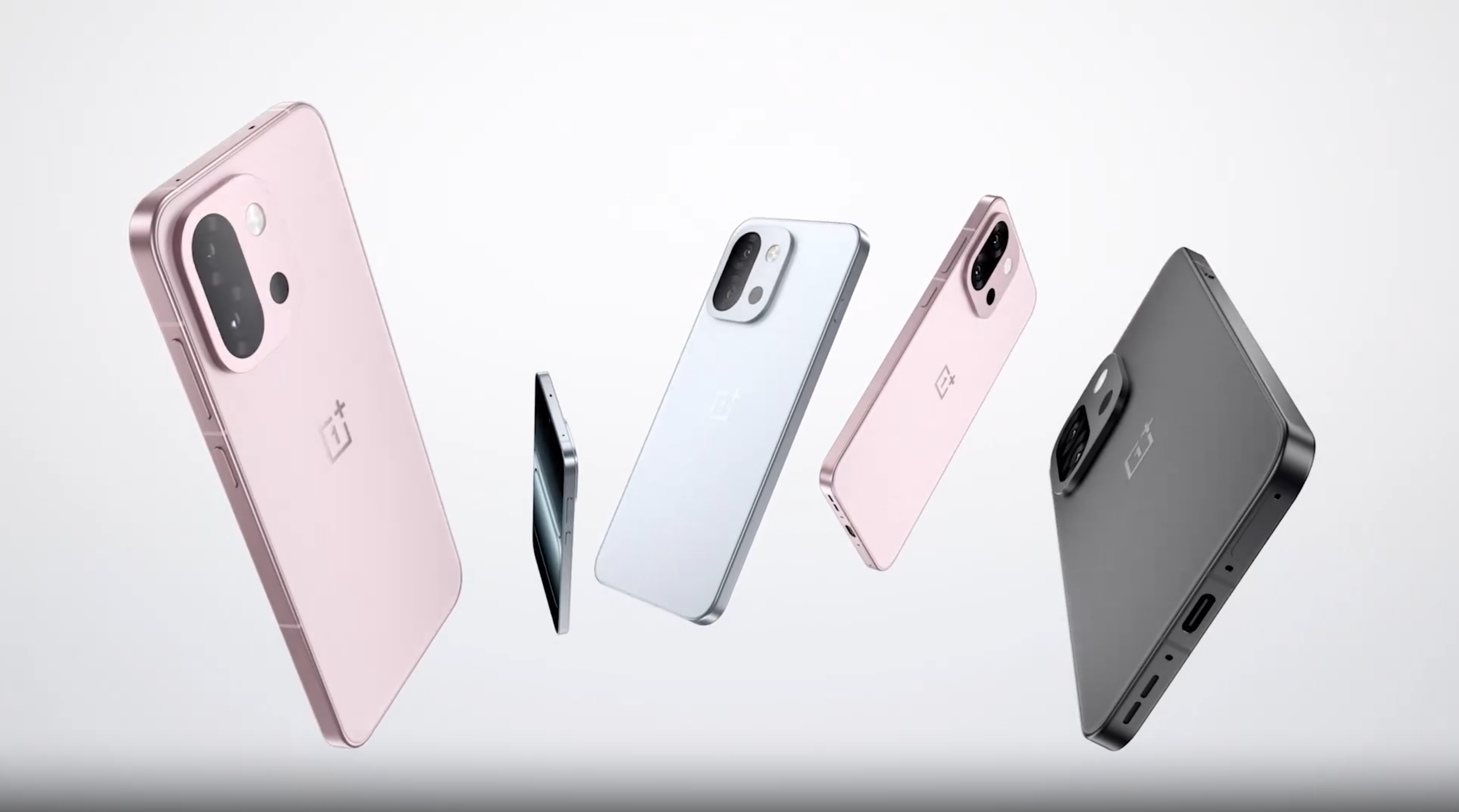Microsoft Surface Headphones 2+ For Business could be ideal work-from-home headset
New Surface headphones revealed alongside Microsoft Modern headsets and speaker

As rumored, Microsoft has revealed the Microsoft Surface Headphones 2+ For Business in tandem with the new Surface Laptop 4. As the name suggests, this pair of noise-cancelling headphones is designed with professional use in mind, especially remote meetings and video calls.
Microsoft also made the surprise announcement of two new lower-end headsets, and even a business-focused USB speaker, to join the Microsoft Modern Webcam in offering a full range of AV kit for working from home.
- The best headphones with a mic for voice and video calls
- Our picks of the best noise-cancelling headphones
- Plus: Roku Streambar Pro delivers 4K streaming and surround sound
Whereas the Modern product line appears to cater for more budget-minded buyers than the flagship Surface family, the Surface Headphones 2+ For Business is Microsoft’s priciest set of ANC headphones yet. It’s $299, $50 more than the Surface Headphones 2, though this is no simple rebranding.
For starters, the Surface Headphones 2+ For Business lets you connect using a USB dongle, and not just Bluetooth; this supposedly improves reliability and audio quality to the extent of being “certified for Microsoft Teams,” to use the company’s words.
There are also a generous 8 onboard microphones, to enhance the clarity of voice communication, while 13 levels of active noise cancellation can be engaged to cut out background noise while you’re trying to listen to an important call.
The on-ear controls work directly with Teams when you’re in a meeting, while battery life is rated for 18.5 hours of music playback and up to 15 hours of voice calling. And, like previous Surface Headphones, you can also use the Surface Headphones 2+ For Business in Microsoft 365 apps, such as speech-to-text in Word and live translation for PowerPoint slides.
If your videoconferencing needs aren’t so high-tech, you may be interested in the $49 Microsoft Modern USB Headset instead. This is a much more basic on-ear headset, with a folding boom mic and no ANC — though it still might appeal to regular Teams users. The inline control module, for example, includes a dedicated button for instant call-joining. The Modern USB Headset also includes a status light that tells you when you’re muted, to reduce the frequency of those “Uhhh, your mic isn't on” moments.
Sign up to get the BEST of Tom's Guide direct to your inbox.
Get instant access to breaking news, the hottest reviews, great deals and helpful tips.

The Microsoft Modern Wireless Headset uses a similar design to the Modern USB Headset, albeit without the cable and inline controls — as with the Surface Headphones 2+ For Business, you can connect either by dongle or over Bluetooth. The call and Teams controls are placed on the earcups, and battery life outperforms the Surface Headphones 2+ For Business, with up to 50 hours of music playback or 30 hours of talk time on offer. However, pricing for the Modern Wireless Headset wasn’t announced.
The last of Microsoft’s audio reveals was the Modern USB-C Speaker, a kind of compact speakerphone you could use in place of a headset. The microphones are noise-cancelling, so will attempt to silence any background noise that might be more easily missed on a headset boom mic, and the speaker’s sound quality is apparently good enough for both meetings and music. The onboard controls are identical to those of the Modern USB Headset’s inline module, so again you get a button just for Teams.
The Modern USB-C Speaker will start shipping in June for $99, and like the Surface Headphones 2+ for Business — and the rest of these work-from-home-minded headsets — will be available direct from Microsoft.
- More: The best microphones for clear voice calls
- Logitech Ergo K860 keyboard — a suitable work-from-home accessory
James is currently Hardware Editor at Rock Paper Shotgun, but before that was Audio Editor at Tom’s Guide, where he covered headphones, speakers, soundbars and anything else that intentionally makes noise. A PC enthusiast, he also wrote computing and gaming news for TG, usually relating to how hard it is to find graphics card stock.

